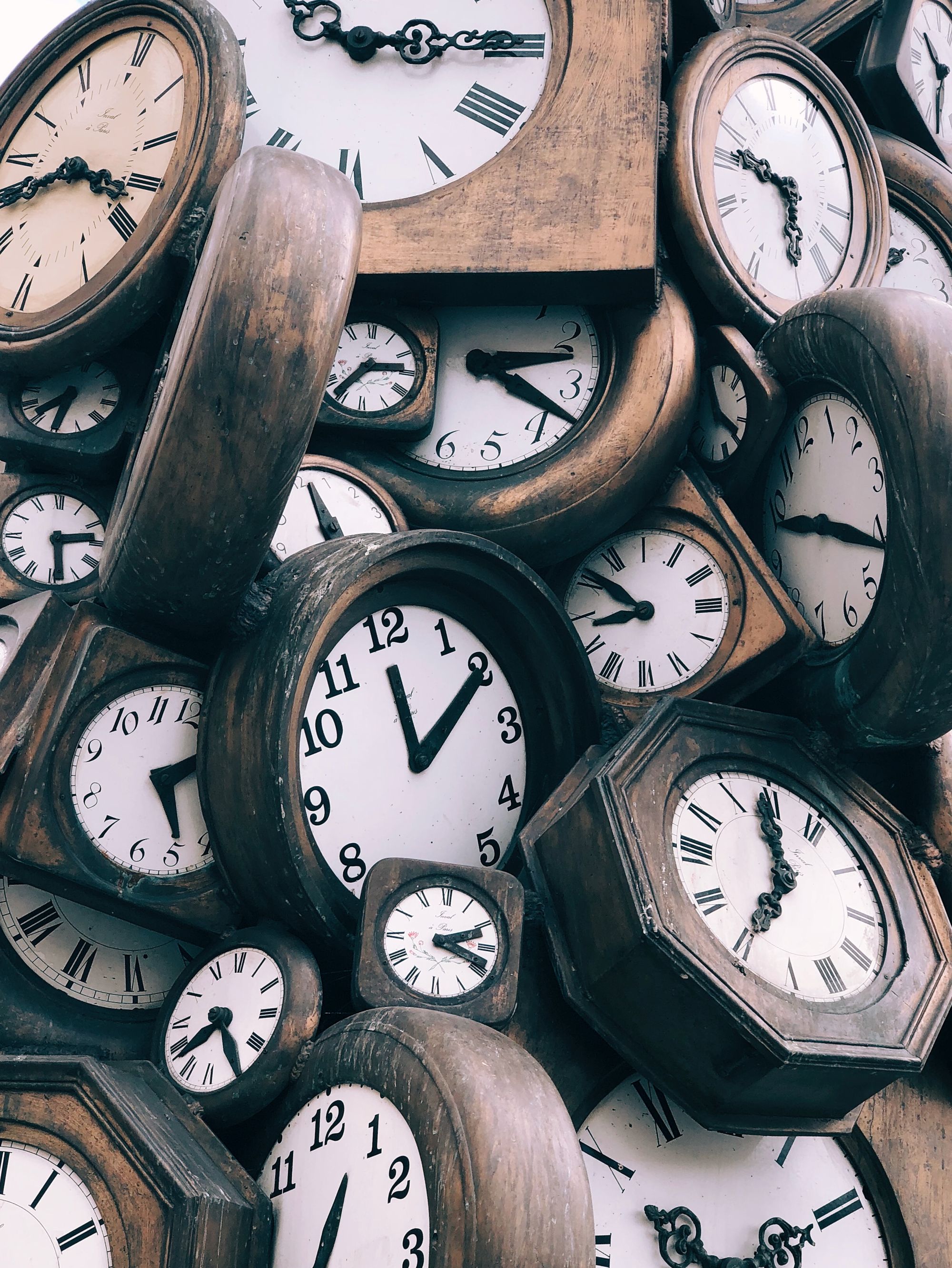The difference between Eastern Standard Time (EST) and Eastern Daylight Time (EDT) lies primarily in their observance of daylight saving time (DST). Both time zones are part of the Eastern Time Zone (ET) in the United States, but they follow different conventions regarding the adjustment for daylight saving time.
When is EST used?
Eastern Standard Time (EST) is the time zone that is in effect during the non-DST months of the year, typically from the first Sunday in November to the second Sunday in March. During this period, the Eastern Time Zone follows the standard time, which is usually UTC-5:00. This means that the Eastern Standard Time zone does not make any adjustments for daylight saving time, and its time offset remains constant.
When is EDT used?
Eastern Daylight Time (EDT) is used during the daylight saving time period, which typically runs from the second Sunday in March to the first Sunday in November. During this period, the Eastern Time Zone shifts one hour ahead to UTC-4:00. This adjustment is made to make better use of natural daylight during the longer days of spring, summer, and early fall. As a result, clocks are set forward by one hour in March, and this change is reversed in November when clocks are set back one hour to return to Eastern Standard Time (EST).

In summary, the primary difference between EDT and EST is the application of daylight saving time. EDT is used when daylight saving time is in effect and is UTC-4:00, while EST is used when daylight saving time is not in effect and is UTC-5:00. This adjustment allows residents in the Eastern Time Zone to experience more daylight in the evenings during the warmer months, which can be particularly beneficial for various activities and energy conservation.
Want to sound like a native speaker?
Engram’s AI-powered grammar checker makes your English sound like a native speaker’s, suggesting natural English expressions on top of fixing grammar, spelling, punctuation, word order, and vocabulary.

Reference












